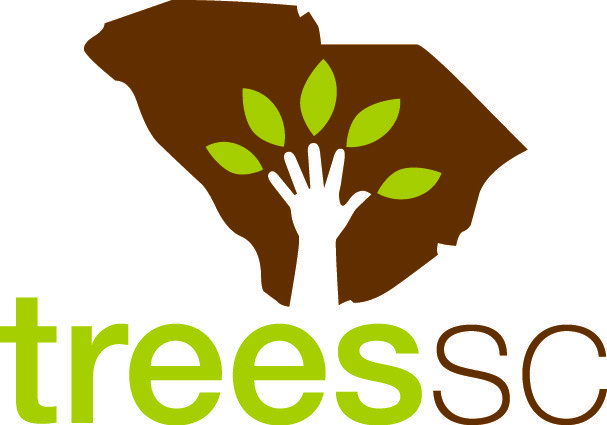Charleston holds a special place in my heart not only because of its biologically rich tidal creeks and maritime forests, but because of the people I associate with this place. If you have time, please review this article from 2015. Your doing so will gift me the luxury of being more concise, and you the opportunity to be better informed.

In case you didn’t know, in April David Grant was hired to take the job Danny Burbage retired from as Park and Tree Administrator/Urban Forester. Full disclosure: David Grant is also a good friend and one of my favorite picking buddies and tree geeks (I can call him a tree geek because as a tree geek myself, I damn well know one when I see one). When I interviewed him for this article, they were busy preparing for a hurricane. Dorian, according to the NHC’s best SWAG was about 3 days away from making landfall in Florida . . . but just a day later the forecast track has changed dramatically and who knows when, where or even if this dangerous hurricane will actually make landfall. By the time you read this, I hope the threat is over and any damage to homes and property in the SE US is minimal.
Over the course of our wide-ranging conversation, David spoke reverently about the challenges and the benefits of following Danny Burbage in this job. He obviously appreciates the grace with which Danny mentors him. Danny’s encyclopedic institutional knowledge of people both inside and outside the City organization provides a priceless resource to David, as well as his recall of events that shaped how the community forestry program works today.
David also praises the City team he now works with, in particular his peer Eddie Wilkerson, the Assistant Superintendent for Urban Forestry, whom David finds to be a tremendous asset to the program. “Eddie loves to work, loves what he does, loves being an arborist,” says David, “and he gets so much done.”

Knowing that David worked for years with in the commercial side of arboriculture (with Natural Directions), I wondered how he felt about being in the municipal side again. His immediate response impressed me because he saw primarily similarities between commercial and governmental arboriculture.
“One, good communication is absolutely critical.”
“Two, crises arise everywhere and all the time and you have to be able to sort and deal with them.”
“Three, both sides are very busy and very fast paced. And your job is to serve the public to the best of your capability.”
That, my tree-loving friends, is a perceptive perspective, and it indicates to me that David has a solid handle on the requirements of his new job. I’m sure he will do his best to grow the Urban Forestry Division to meet the growing demands of an expanding population of public trees AND the demands of a public who loves their trees (which is an entirely different topic for another time). Good luck, work hard, stay safe!
David performs maintenance on his bonsai named Bhodi (told you he was a tree geek!) a Ficus religiosa specimen propagated from a fruit of the oldest human planted tree in the world, Sri Maja Bhodi.
City workers hear this Live oak breath a sigh of relief and thank them for eliminating over 600 square feet of turf as part of root zone restoration and remediation.

Recent Comments